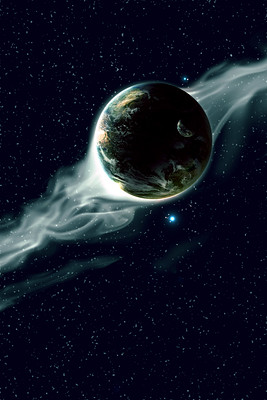The March of Progress
Human augmentation is likely to evolve rapidly in the coming decades, driven by advancements in fields such as nanotechnology, biotechnology, and artificial intelligence. We can anticipate a gradual progression from external wearable devices to more integrated and invasive technologies. In the near term, we may see advanced prosthetics that offer enhanced sensory feedback, exoskeletons designed to increase strength and mobility, and brain-computer interfaces that allow for direct mental control of devices. Additionally, gene therapy could emerge as a powerful tool for disease prevention and trait enhancement.
Looking further ahead, the possibilities become even more intriguing. Imagine nanobots circulating in our bloodstream for continuous health monitoring and repair or direct neural implants that enhance cognitive abilities and facilitate skill acquisition. The development of synthetic organs with superior functionality to their biological counterparts could revolutionize medicine, while genetic engineering might pave the way for radical life extension and even superhuman abilities.
Options for Self-Enhancement
As these technologies become available, we will each face decisions about which enhancements to adopt. The menu of augmentation options is likely to expand dramatically, offering enhancements for various aspects of human capability. For physical enhancements, we could see bionic limbs that provide superhuman strength and dexterity, artificial organs that resist disease and aging, and augmented sensory organs that enhance our perception of the world around us.
Cognitive enhancements may include memory implants that allow for perfect recall, neural laces that enable accelerated learning and processing, and devices designed to regulate mood for optimal emotional states. On the biological front, genetic modifications could increase longevity, create custom-designed immune systems, and alter metabolism for improved energy efficiency.
Personal Considerations
As I consider these advancements, I find myself open to trying several adaptations. Non-invasive cognitive enhancements that boost memory and learning capacity seem particularly appealing. Subtle physical augmentations aimed at improving health and longevity would also be worth exploring. Additionally, sensory enhancements that expand my perception of reality could enrich my experiences.
However, there are limits to what I would be willing to embrace. I draw the line at radical alterations to my physical appearance or fundamental biology. Invasive brain implants that might compromise my sense of self are also unappealing. Furthermore, enhancements that create an unfair advantage in competitive situations raise ethical concerns that I find unacceptable.
Ethical Implications and Societal Impact
The widespread adoption of human augmentation technologies will inevitably raise profound ethical questions and societal challenges. Ensuring equal access to these technologies will be crucial; we must consider how regulations should govern their development and use. Moreover, the integration of enhanced individuals with those who remain unaugmented will require careful thought about social dynamics and equity. As we explore these advancements, we must also reflect on what they mean for human identity and the very concept of “natural” humanity.





